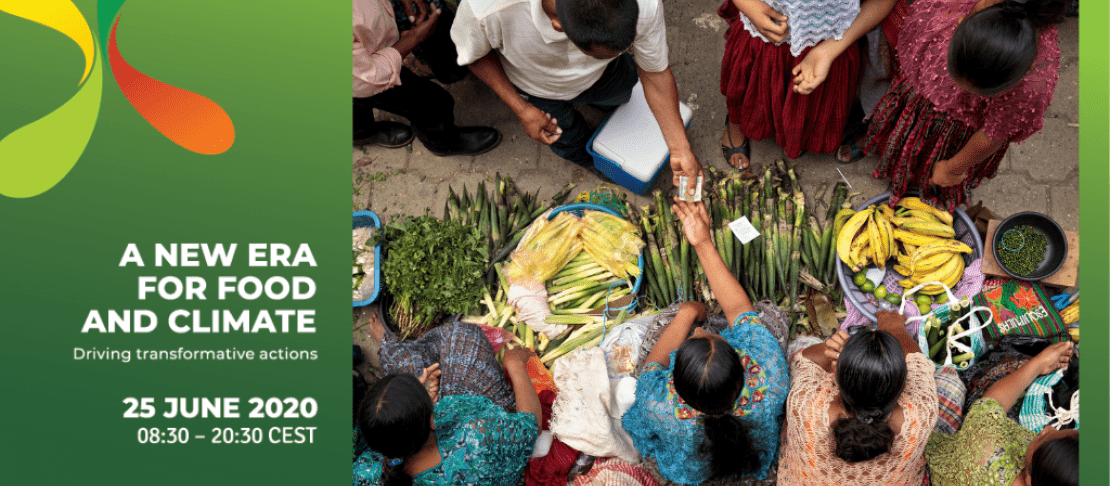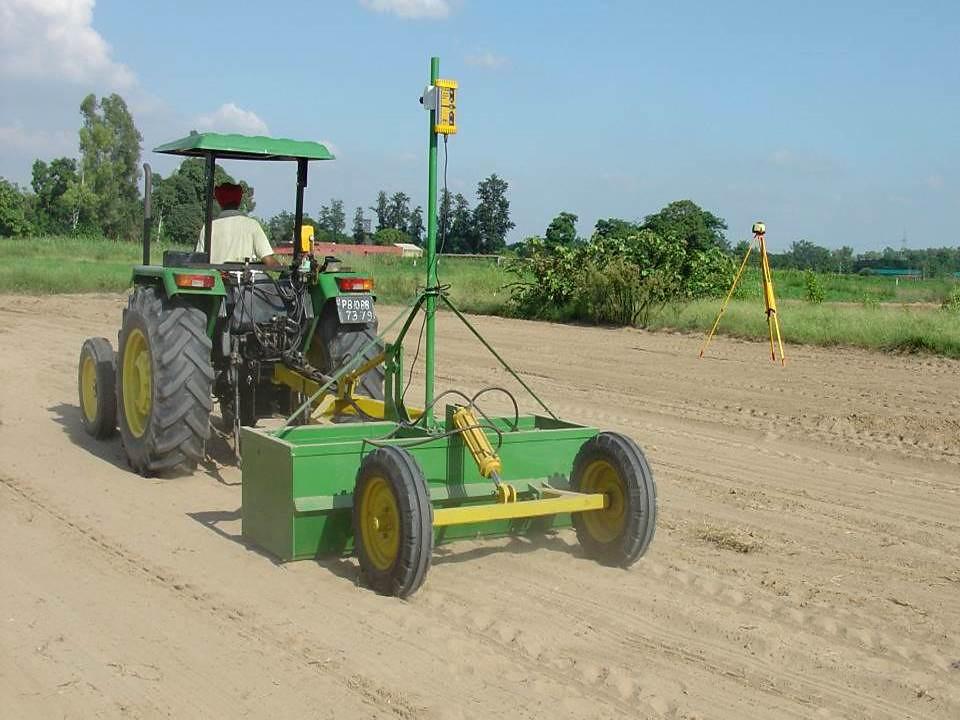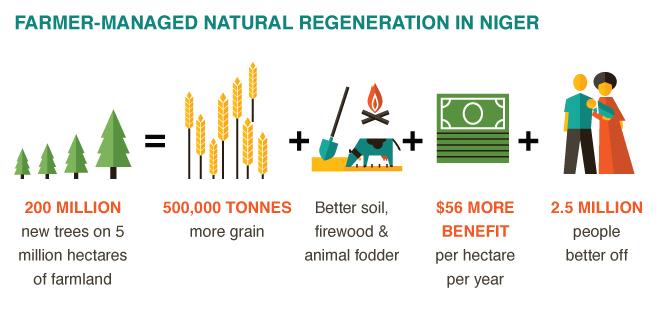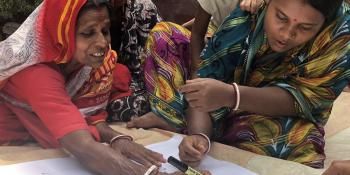Transforming food systems for a new era: Enabling markets and public sector actions to incentivize sustainable practices

Initiatives to develop markets and public sector actions are essential for integrating smallholder farmers into markets and scaling up the adoption of climate-resilient technologies.
Many technologies and practices can help farmers improve their incomes and help the environment, but we often find that adoption is limited. If new technologies and practices are more profitable and sustainable, why don't more farmers adopt them?
This is one of the oldest questions in agricultural extension. Decades of extension research has shown repeatedly that widespread uptake of new farming practices or innovations occurs when the innovation: (i) offers substantial advantages over the status quo (improving yield or profit, or saving labour); (ii) is not too complex and can be trialled by farmers; and (iii) “fits” with farmers’ worldview and sense of their own identity and farming system.
We always need more work on technologies and practices to improve their relative advantage and adoptability. But we can also improve the adoption equation by making it easier for farmers to see and understand the benefits, and by making it easier to trial new approaches on their own or in nearby farms. Bottlenecks to adoption are often related to the policy, institutional, regulatory and market environment. These can be enabling, or they can be roadblocks.
There are some great examples in which initiatives to develop markets and public sector actions have stimulated farmers to adopt better practices at scale. Here we give two:
Laser land levelling: The technology involves using a machine equipped with a laser-guided drag bucket to level land for irrigated farming, creating a smooth surface with a very gentle, even slope. This enables irrigation water to reach every part of the field uniformly, with minimal waste from run-off or water-logging. Research supported by the Australian Centre for International Agricultural Research (ACIAR), the Indian Council of Agricultural Research (ICAR) and the Rice-Wheat Consortium of CGIAR has helped to adapt the technology for smallholder farmer conditions. This has delivered proven lifts in productivity and profitability, and reduced inputs needed (energy, water, and fertilizer), among other benefits.

A laser land leveller being used by a farmer in Haryana, India, producing an exceptionally flat surface that allows water to reach all parts of the field. Photo: CIMMYT India
The breakthrough to scale came from market innovations, policy action and boosting institutional capacity. Government support to farmers and farmer organizations for farmer-to-farmer learning was important for adoption, as was capacity development. Markets had to be developed for equipment hire and local manufacturing, as laser land leveling depends on relatively expensive machinery. Rice-wheat farmers using the technology on 500,000 hectares in Haryana, India—where the government got the enabling environment right—increased their harvests by 7%, saving 1 billion m3 of irrigation water, and mitigating 82,000 tCO2 of greenhouse gases per year.
Farmer-managed natural regeneration: For farmers in the Sahel, trees growing on agricultural land play an important role: they not only prevent soil erosion but provide a wide range of services such as food, soil fertility, and fuel wood. The cultivation and regeneration of trees on degraded land by farmers—or farmer-managed natural regeneration—is a low-cost method for boosting soil health and productivity.

Benefits of using the FMNR approach. Source: CGIAR Big Facts
In Niger, after an initiative to plant 60 million trees failed due to a high sapling mortality rate, the government shifted its approach to farmer-managed natural regeneration, making use of the existing living root systems underneath the degraded land. The approach has regenerated more than 5 million hectares of degraded lands since the 1980s, increasing crop yields to produce food for more than 2.5 million people, diversifying income sources, and contributing to carbon sequestration. Niger’s key to success? A change in policy, recognizing that private tree ownership by landowners in fact encouraged beneficial tree management by farmers.
In southern China and northern Vietnam, ACIAR-funded research has underpinned the development of large plantation industries based on eucalyptus and acacias, now worth several $USD billion per year. Clonal propagation delivered large quantities of high-quality planting material cheaply, and demonstration sites showed farmers that trees could deliver higher returns within a few years, while complementing their existing crops and livestock. Smallholder farmers now produce about three quarters of the total output of the sector, dramatically improving their livelihoods and reducing deforestation pressure on native forests.
These cases demonstrate that we can accelerate transformation by creating a more enabling environment for adoption. This often means a significantly greater role for the private sector. There needs to be a shift from subsistence livelihoods to market engagement if we are to lift small-scale producers out of poverty. With rising urban populations, changing diets and a resurgence of interest in shorter supply chains due to COVID-19, we have a golden opportunity to improve local and regional markets.
This blog is part of a series for the Transforming Food See details and register here. |
Read more:
Andrew Campbell is Chief Executive Officer of the Australian Centre for International Agricultural Research (ACIAR). Bruce Campbell is Program Director of the CGIAR Research Program on Climate Change, Agriculture and Food Security (CCAFS).
Photo: R. Brown (UN Women)




